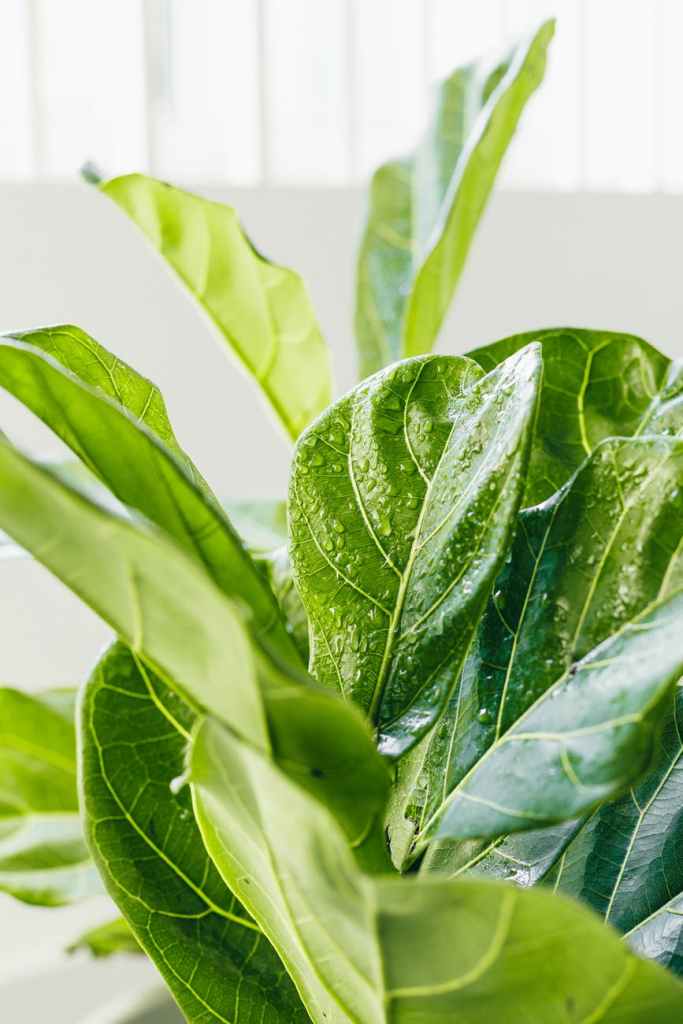
PRE-LESSON:
Recall types of tissues found in plants based on Chapter 2 Form 4 KSSM.
:max_bytes(150000):strip_icc()/plant-tissues-168bae7f9579409391d88b237eef1f98.jpg)
ONLINE LEARNING LESSON 1.1
DON’T FORGET TO TAKE NOTES
BIOLOGY KSSM FORM 5 : 1.1 ORGANISATION OF PLANT TISSUES
ACTIVITY:
Construct i-Think map (Flow Map) on the types of plant tissues found in plants
ONLINE LEARNING LESSON 1.2
ACTIVITY
- Compulsory Experiment : 16.2.3 Conduct an experiment to identify zone of cell division, zone of cell elongation and zone of cell differentiation in a seed radicle. (Textbook Page 9)
- Gather information about the types of monocots that undergo anomalous secondary growth
– Prepare a collage with pictures and names of the monocot plants. - Gather information about the types and uses of timbers in Malaysia. Present the information in the form of Brochure.
ONLINE LEARNING LESSON 1.3
ACTIVITY:
- Identify the types of plants (Annual, Biennial, Perennial)based on their life cycles using ICT.
HOW?
•Collect images (minimum 10 plants of each type) and categorised (label names) them accordingly. - Compulsory Experiment: 16.3.3 Conduct an experiment to study the growth curve of a plant – use Corn seeds. (Textbook page 20). Don’t forget to plot GRAPH!
- Design an experiment to study the effects of sound on plant growth. (Textbook page 20)
- Design an auxanometer to measure the rate of plant elongation (Textbook page 21)
… and with that, we are done with CHAPTER 1: ORGANISATION OF PLANT TISSUES AND GROWTH.
Make sure to do all Formative Practices and Sumative Practice 1 from your textbook.
With Love,
Teacher Tasha